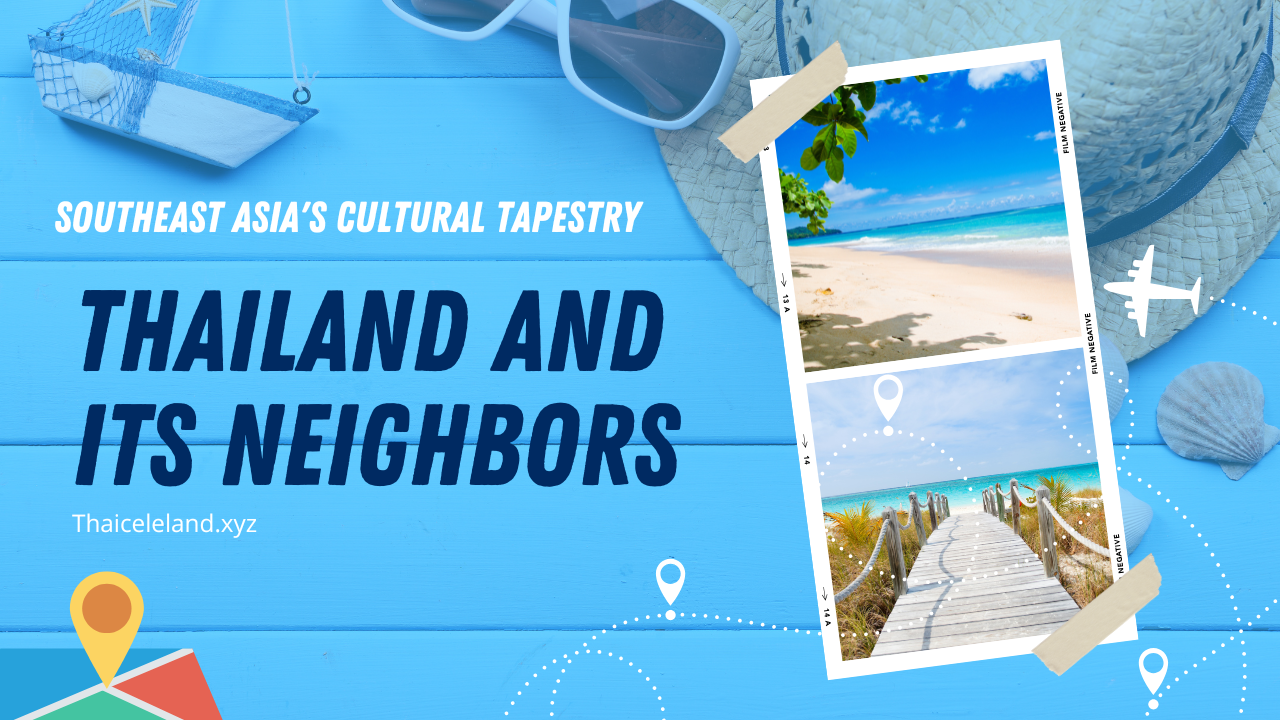Southeast Asia’s Cultural Tapestry: Thailand and Its Neighbors
Southeast Asia is one of the world’s most vibrant regions, where cultures overlap and traditions blend seamlessly. At the heart of this Southeast Asia cultural tapestry lies Thailand—famous for its hospitality, Buddhist temples, and cuisine. Meanwhile, Cambodia, Laos, Myanmar, and Vietnam contribute unique colors to this shared story of history, faith, and creativity.
Thailand: The Land of Smiles
Thailand serves as a cultural bridge in Southeast Asia. With Theravada Buddhism shaping its spiritual life and street food defining its global reputation, the country balances a unique identity with shared traditions. Additionally, its art, festivals, and hospitality influence and reflect regional culture.
Cambodia: Legacy of the Khmer Empire
Cambodia’s Angkor Wat stands as the largest religious monument in the world, showcasing the grandeur of the Khmer Empire. The temple’s Hindu-Buddhist design resonates with Thai architecture, highlighting centuries of exchange. Therefore, Cambodia and Thailand remain tied through history and artistry.
Laos: The Gentle Neighbor
Laos shares more than the Mekong River with Thailand. It also mirrors language, cuisine, and Buddhism, creating strong cultural links. For instance, Luang Prabang’s golden temples and morning alms rituals closely resemble those in northern Thailand, reinforcing their bond.
Myanmar: Shared Borders and Beliefs
Myanmar’s Shwedagon Pagoda ranks among Buddhism’s holiest sites, and its golden spires have influenced temple styles in western Thailand. On the other hand, border towns like Mae Sot demonstrate this connection through trade, food, and cross-border festivals. Consequently, the cultures of both nations often blend seamlessly.
Vietnam: Fusion of East and Southeast Asia
Vietnam presents a mix of Chinese, French, and Southeast Asian heritage. Its Mekong Delta, shared with Cambodia, links communities across borders. As well, trade routes with Thailand historically supported cultural exchange, enriching the entire region.
Shared Festivals and Traditions
Festivals highlight the region’s unity. Songkran in Thailand and Pi Mai in Laos both celebrate the New Year with joyous water rituals. Similarly, Buddhist Lent is observed across Thailand, Cambodia, and Myanmar, reminding people of shared beliefs. Furthermore, regional dances, crafts, and cuisines illustrate cultural threads that cross borders.
Final Thoughts
The Southeast Asia cultural tapestry is woven with common faith, artistic traditions, and community values. Thailand and its neighbors show that while borders divide, culture unites. Ultimately, exploring these ties gives travelers a deeper appreciation of the region’s collective heritage.


Leave a Reply